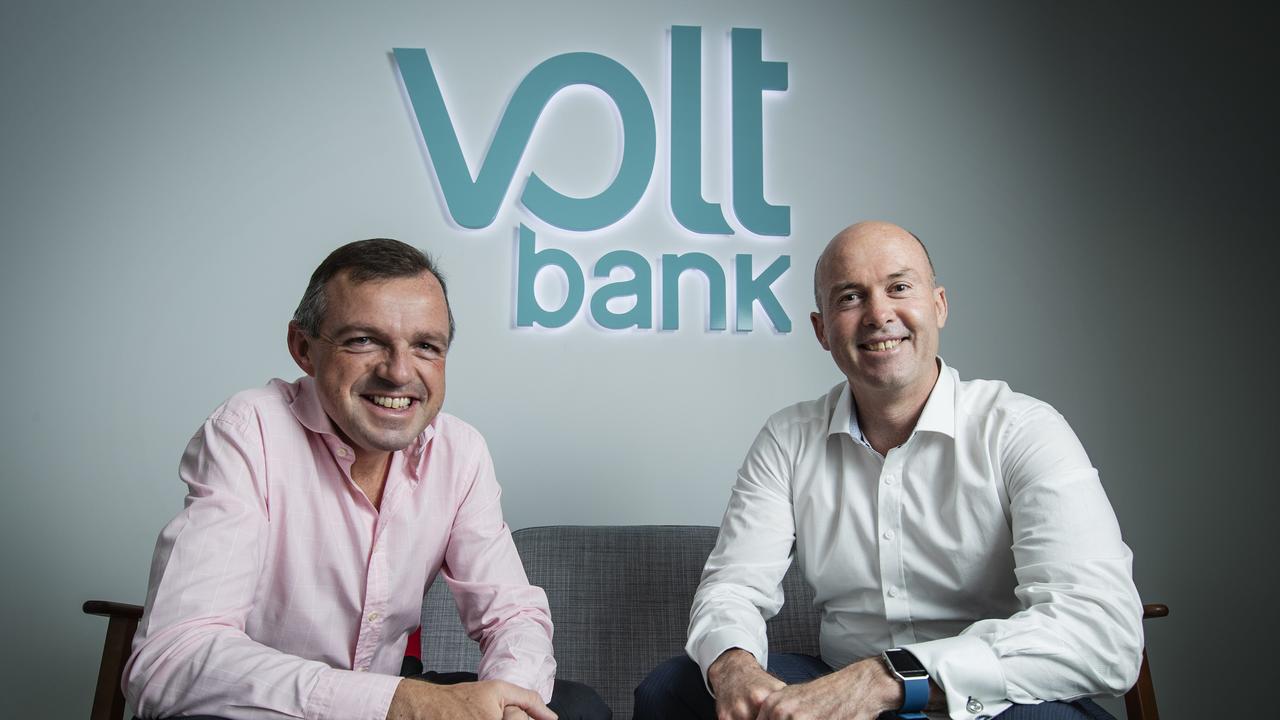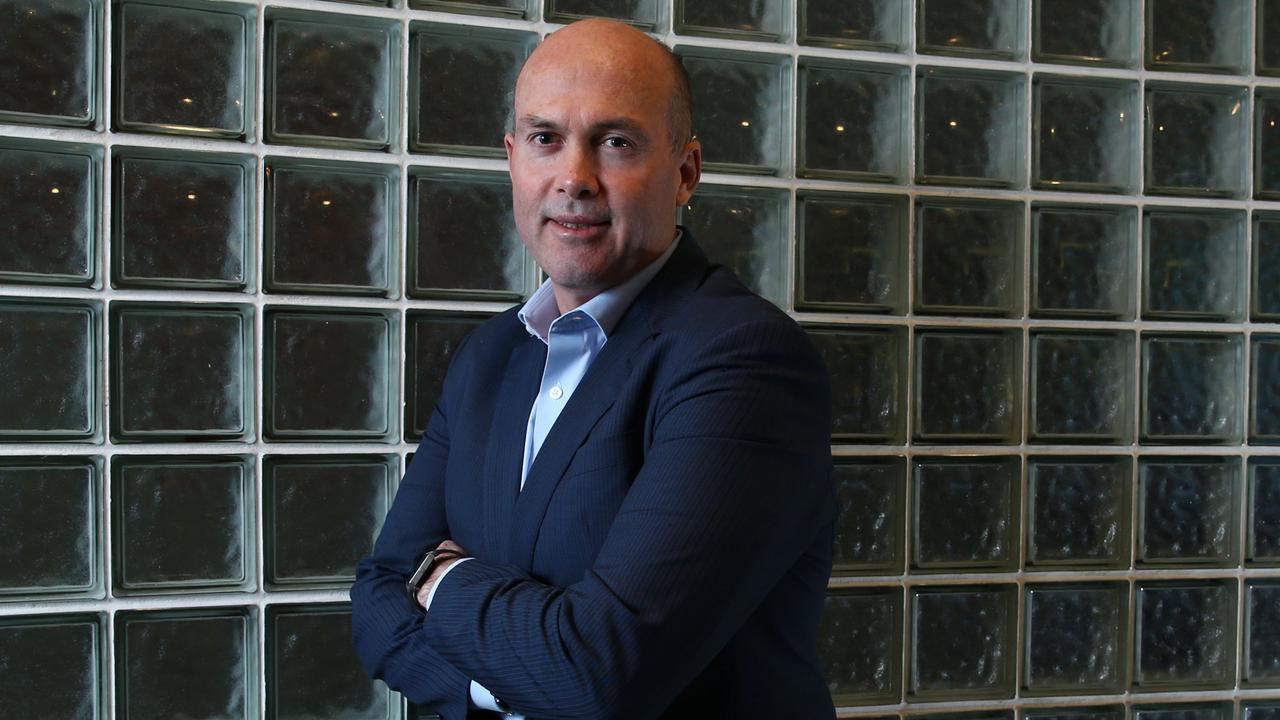
An Australian bank that collapsed has urged its 6000 customers to withdraw $100 million worth of deposits before it starts closing accounts from next Tuesday.
Volt, a digital bank called a neobank which was launched in 2017, announced it was handing back its banking licence to the regulator on Wednesday.
It was the first start up to gain the banking licence in January 2019 after the government sought to increase competition in the sector.
The bank’s demise means 140 staff have lost their jobs after the board made the decision to close the business. It said it failed to raise enough funds to support its plans to write mortgages.

Volt chief executive Steve Weston described its closure as an “incredibly sad day”.
“We’ve built something as a team that Australia really needs to bring banking competition to the market. We’ve got technology and capability that simply doesn’t exist in Australia today,” he said.
“But for us to take that to a public launch, we need petrol in the car and by petrol we need capital. And in the current market, being able to raise the amount of capital that we needed to be able to scale up was a task that we couldn’t accomplish.”
He added as a bank it needed a lot more funding than a normal businesses and that “was the challenge that we were unable to overcome”.
Volt had been seeking to raise $200 million since February, but said the pandemic and the current challenging global economic climate had hampered those efforts.
It had previously raised $212 million over seven private rounds since its inception.

Most of Volt’s website has been closed down leaving just a statement and a list of answers to questions.
It said it had adequate funds to return customer’s money and to ease the transition of money to a different bank account quickly Volt had increased the daily transfer limits to $250,000, it told customers.
“Volt has taken steps to reduce all expenses and staff numbers, other than those required to support the orderly return of deposits and pursue a realisation of the value of our remaining assets,” it added.
Australia’s financial safety regulator, APRA said it will closely monitor the process to ensure funds are returned to Volt customers in an orderly and timely manner.

It comes as start-ups in the sector have faced mixed fortunes.
A rival neobank called Xinja also shut down in December 2020 announcing it was closing its savings and transaction accounts, saying the pandemic had stifled its ability to attract new investors.
But another found success with National Australia Bank acquiring neobank 86 400 for $220 million as part of its strategy to grow and modernise its digital-only subsidiary UBank earlier this year.
Up, a successful start-up with 500,000 customers, was also bought by Bendigo and Adelaide Bank last year.
Analyst at independent research firm Morningstar, Nathan Zaia, said the neobank model was challenging from the beginning.
“I don’t think the offerings are that differentiated to be able to win enough customers to get to that scale. They essentially relied on their marketing and attracting depositors with some pretty good rates, and that’s not really sustainable,” he told the Sydney Morning Herald.









